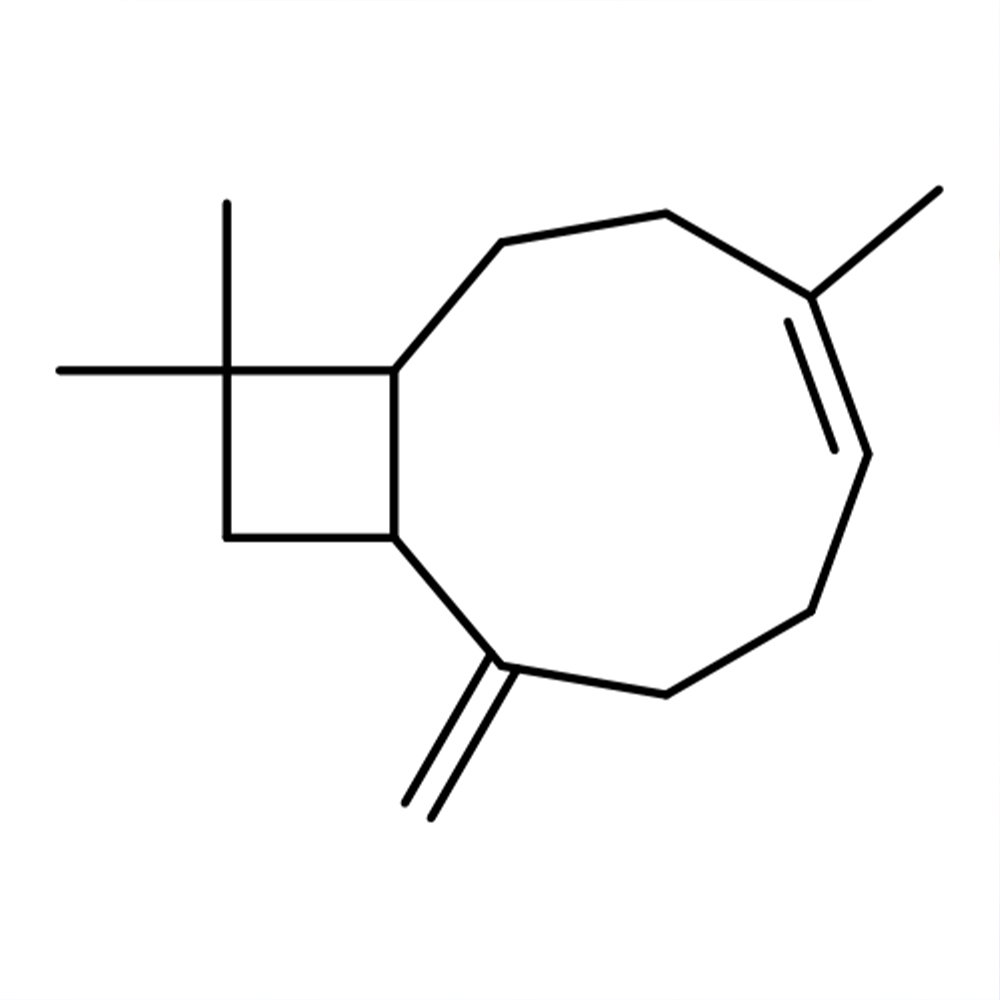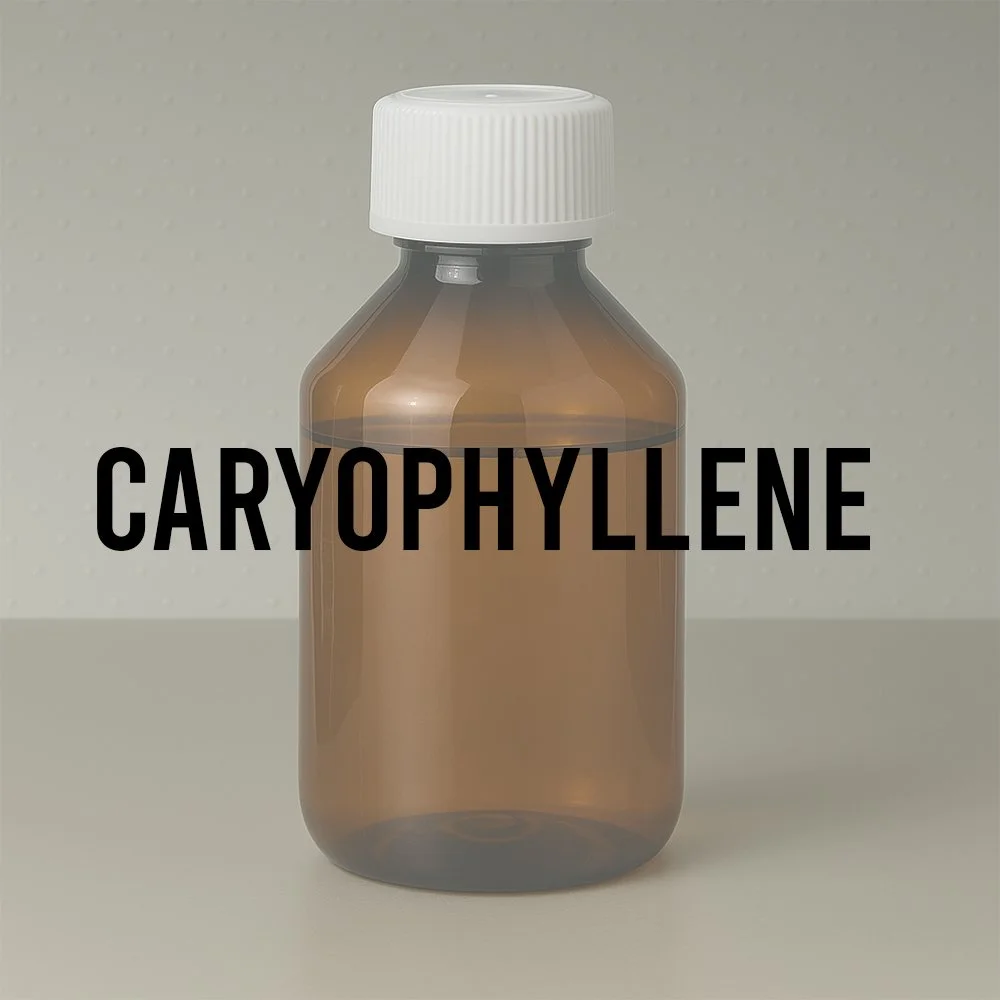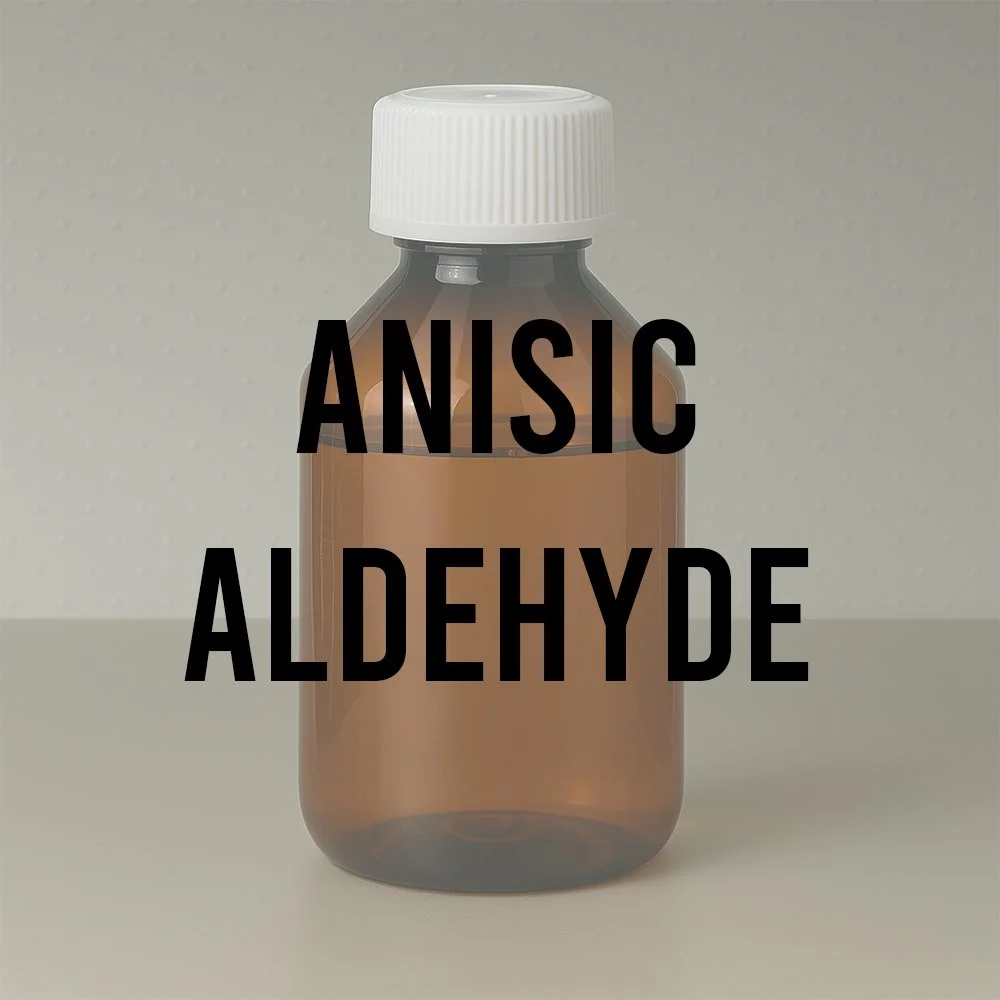Coriander Seed Oil Technical Ingredient Overview
🔎 Chemical Name — Coriandrum sativum fruit oil
🧪 Synonyms — Coriander fruit oil, oil of coriander, coriander oil FCC, coriandrol (for main constituent)
📂 CAS Number — 8008-52-4 / 84775-50-8 (EINECS: 283-880-0)
📘 FEMA Number — 2334
⚖️ Molecular Weight — Variable (natural complex substance); Main constituent linalool: 154.25 g/mol
📝 Odor Type — Sweet, woody-spicy, aromatic-floral
📈 Odor Strength — Medium to strong
👃🏼 Odor Profile — Pleasant sweet, woody-spicy with floral-balsamic undertone and peppery-woody, suave top note; characteristic linalool dominance with candy-like aromatic quality
⚗️ Uses — Flavoring in food, alcoholic beverages, tobacco; perfumery for Oriental bases, colognes, floral compositions, chypres; blender-modifier in fine fragrance
🧴 Appearance — Colorless to pale yellow, clear mobile liquid
What is Coriander Seed Oil?
Coriander Seed Oil is a natural essential oil obtained by steam distillation of the dried, fully ripe fruits (commonly referred to as seeds) of Coriandrum sativum L., a small herb belonging to the Apiaceae family and native to southeastern Europe. The fruits are crushed immediately prior to distillation to maximize oil yield and preserve olfactory character (Arctander, 1960). This essential oil represents one of the classical spice oils in both perfumery and flavor chemistry, distinguished by its characteristically high content of (+)-linalool, which typically ranges from 65-78% of the total composition.
The oil is produced through conventional steam distillation, though the process presents unique technical challenges. The seed contains approximately 0.7% volatile essential oil alongside 25% fixed (non-volatile) oil, meaning the crushed mass in the still contains predominantly fatty material with only a small fraction of aromatic compounds (Arctander, 1960). This physical characteristic, combined with the slight water solubility of coriander oil and the chemical sensitivity of its main constituent linalool to acidic conditions, makes distillation technically demanding and economically significant.
Chemically, coriander seed oil is classified as a monoterpene-rich essential oil with (+)-linalool (also called coriandrol) as its dominant constituent. The presence of linalyl acetate, which is prone to hydrolysis, and the tendency of linalool to undergo molecular rearrangement under even weakly acidic conditions, contributes to quality variations between production batches and requires careful handling throughout distillation and storage.
Historical Background
Coriander has been cultivated and used as a spice for over 2,000 years, with archaeological evidence suggesting its use in ancient Egypt, Greece, and Rome. However, the systematic production of coriander essential oil through steam distillation is a more recent development, emerging primarily in the 19th and early 20th centuries as distillation technology advanced.
The herb grows wild but is extensively cultivated worldwide, including in Russia (formerly the USSR), Hungary, Poland, Czechoslovakia, Germany, Holland, France, Italy, Morocco, Spain, Yugoslavia, Romania, Turkey, Norway, England, India, Mexico, Guatemala, and Argentina (Arctander, 1960). During the Soviet era, Russian coriander oil was produced in large quantities—approximately 600 metric tons annually—primarily for the isolation of linalool as a raw material for the domestic fragrance industry. This established coriander as a significant commercial source of natural linalool before synthetic production methods became economically dominant.
Global production patterns shifted significantly in the late 20th century. With an estimated annual production of more than 20,000 metric tons of coriander fruit worldwide, and approximately 15% used for distillation, the annual world production of coriander seed oil has been estimated at around 20 metric tons, though current production is considerably smaller at 50-100 metric tons globally. Primary distillation now occurs in Eastern Europe, India, and to a lesser extent in Western Europe and North America, where imported fruits from India and Morocco are processed by specialized companies.
Olfactory Profile
Scent Family: Woody-spicy, aromatic-floral
Main Descriptors: The olfactory character of coriander seed oil is distinctly pleasant and multifaceted. The profile opens with a sweet, woody-spicy character featuring a peppery-woody, suave top note that quickly transitions to reveal its signature linalool-dominant core. The floral-balsamic undertone adds depth and sophistication, while an aromatic candy-like quality provides warmth and approachability. The overall impression is one of sweet spiciness with surprising floral elegance, balanced between herbaceous freshness and warm, balsamic sweetness.
Intensity: Medium to strong odor strength. The oil exhibits notable diffusion and immediate olfactory impact upon opening, though it is not overwhelming. At proper dilution, the sweetness and floral character become more pronounced while the spicy elements provide structural support.
Tenacity: Moderate to good persistence. As a linalool-rich oil with complementary sesquiterpene content, coriander seed oil demonstrates reasonable substantivity on skin and in formulations. The top note dissipates relatively quickly due to the volatile nature of monoterpenes, but the floral-balsamic heart and subtle woody base provide extended development.
Volatility: Primarily top-to-middle note behavior. The high linalool content (65-78%) places this oil firmly in the top note category with rapid initial evaporation, though the floral-balsamic undertone and minor constituent aldehydes contribute heart note characteristics. The oil functions effectively as a bridge between fresh top notes and deeper base structures.
Fixative Role: Coriander seed oil does not function as a true fixative material. However, its substantial linalool content and floral-balsamic character allow it to serve as a blender and modifier that can smooth transitions between volatile top notes and more tenacious base materials. The oil's warmth and sweetness can enhance the substantivity of surrounding materials when used judiciously in appropriate accords.
Applications in Fine Fragrance
Coriander seed oil demonstrates versatility across multiple fragrance families. In Oriental perfume bases, the oil imparts warmth and sweet-spicy depth, blending harmoniously with olibanum, Ceylon cinnamon, benzoin, and vanilla materials. In chypre compositions, coriander adds lift and aromatic freshness while contributing subtle spice that complements oakmoss, labdanum, and patchouli bases.
The oil excels in floral fragrances, where its clean linalool character and soft spiciness enhance jasmine, lily, honeysuckle, apple blossom, and rose accords without dominating. The combination with neroli, petitgrain, and bergamot in colognes is particularly successful, producing bright, sophisticated citrus-spice effects that define classical eau de cologne structures.
Typical pairings include: bergamot oil (particularly effective in hard candy-type effects), sage clary, cardamom, ylang-ylang, neroli, petitgrain, citronellol, nerol, sandalwood oil, cananga oil, calamus oil, ginger oil, cypress oil, pine oils, decyl alcohol, decyl propionate, aliphatic aldehydes C7-C11, citral, heliotropin, ionones, methylionones, cassione, isoeugenol, and hydroxycitronellal.
Coriander oil's role in tobacco-type perfumes (tabac fragrances) has gained recognition due to its widespread use in tobacco flavoring, where it contributes warmth and aromatic complexity that translates effectively to tobacco-themed compositions.
Performance in Formula
Blending behavior: Coriander seed oil functions primarily as a blender-modifier rather than a character-defining ingredient. Its high linalool content provides excellent compatibility with a wide range of materials, from fresh citruses to deep oriental bases. The oil smooths harsh transitions, rounds out angular compositions, and adds subtle warmth without imposing strong character.
Stability considerations: The oil's main constituent, (+)-linalool, is a tertiary terpene alcohol susceptible to oxidation and molecular rearrangement, particularly under acidic conditions or prolonged heat exposure. Linalyl acetate present in the oil undergoes hydrolysis over time. Storage in cool, dark conditions with minimal headspace and nitrogen purging is recommended. Antioxidants may be employed in sensitive formulations.
Dosage: Typical usage in fine fragrance ranges from 0.5% to 5%, depending on the desired effect and fragrance family. In Oriental bases and woody-spicy compositions, levels up to 5% can be effective, while in delicate floral structures, 0.5-2% provides sufficient contribution without overwhelming.
Industrial & Technical Uses
Flavor applications: Coriander seed oil finds extensive use in the food and beverage industry. It is employed in alcoholic beverages, candy, tobacco products, pickles, meat sauces, and seasonings. The oil is a component of classic spice blends, particularly Indian curry powder. Suggested flavor use levels range from 0.30 to 1.00 mg%, with a minimum perceptible threshold of 0.05 to 0.10 mg% for authentic, high-quality oils.
Technical applications: Beyond flavor and fragrance, coriander seed oil serves as an antimicrobial and food preservative. It can function in odor-masking applications and historically served as a source material for natural linalool isolation, though synthetic linalool production has largely supplanted this use.
Regulatory & Safety Overview
IFRA Status: Coriander seed oil is not subject to specific IFRA restrictions under the 51st Amendment (2023). However, as a natural complex substance (NCS), it must be used in accordance with general IFRA guidance regarding natural materials. The oil may contain furocoumarin traces and minor constituents that could be subject to separate regulations. Users should verify that linalool content and potential allergen components comply with regional labeling requirements.
EU Cosmetics Regulation: Linalool is listed among the 26 allergens requiring declaration on cosmetic product labels when present above threshold levels (0.001% in leave-on products, 0.01% in rinse-off products) under EU Regulation 1223/2009. Given that coriander seed oil contains 65-78% linalool, allergen labeling is mandatory.
FEMA Status: FEMA 2334 – Generally Recognized As Safe (GRAS) for use in food flavoring.
Toxicology: Moderately toxic by ingestion in concentrated form; classified as a skin irritant. Mutation data has been reported. The oil should be handled with appropriate safety precautions, including avoiding direct skin contact with undiluted material and ensuring adequate ventilation during processing.
References
Arctander, S. (1960). Perfume and Flavor Materials of Natural Origin. Elizabeth, NJ: Arctander.
National Center for Biotechnology Information. (2025). PubChem Compound Database; CAS 8008-52-4. Retrieved from https://pubchem.ncbi.nlm.nih.gov
Pybus, D., & Sell, C. (Eds.). (2006). The Chemistry of Fragrances: From Perfumer to Consumer (2nd ed.). Cambridge, UK: Royal Society of Chemistry.
Foto di Goh Rhy Yan su Unsplash
Surburg, H., & Panten, J. (2006). Common fragrance and flavor materials. In Common Fragrance and Flavor Materials: Preparation, Properties and Uses (5th ed., pp. 190-191). Weinheim, Germany: Wiley-VCH.
International Fragrance Association. (2023). IFRA Standards – 51st Amendment. Retrieved from https://ifrafragrance.org/safe-use/library











